Bologna Zoological Museum
This zoological museum began as the first great curiosity cabinet.
Monkeys with bared teeth and wild eyes, lumpy looking cheetahs, and a toothy looking polar bear are all residents of the delightfully unkempt Bologna Zoological Museum. Ferrets lay in taxonomic chaos next to mottled gray dolphins. The sleek design of the lobby gives way to rows and rows of cabinets filled with strangely shaped animals. But the enjoyably shabby museum disguises a noble past. It traces its roots all the way back to the very first curiosity cabinet.
Ulisse Aldrovandi’s interests ranged widely from botany to zoology to geology, a word he is thought to have coined. At the young age of 31, after serving out a sentence for heresy, Aldrovandi began collecting anything of natural interest he could get his hands on. Aldrovani also had a taste for the bizarre and wrote a compendium, the Monstrorium Historia, of all known human and animal monstrosities of which he was constantly seeking for collection.
Aldrovandi would eventually assemble over 18,000 “diversità di cose naturali” creating the first great cabinet of curiosity and one of the first natural history museums, though open only to scholars and aristocrats. Ole Worm, who was to create one of the most famous cabinets of curiosity modeled his after Aldrovandi’s, and Linnaeus, who created the system of taxonomy, called him the father of natural history. Today the Bologna Zoological museum contains many of the original zoological pieces collected by Aldrovandi and maintains a wonderful cabinet of curiosity atmosphere.

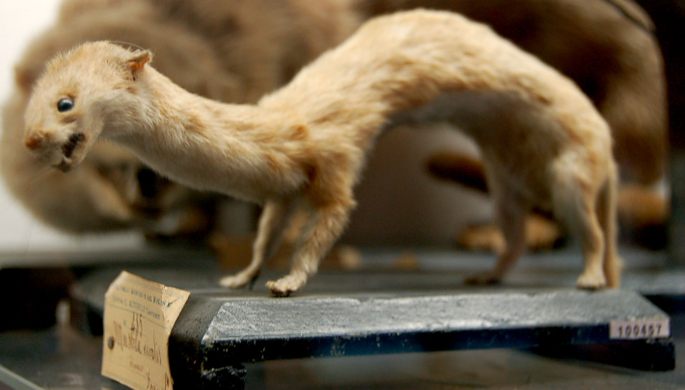
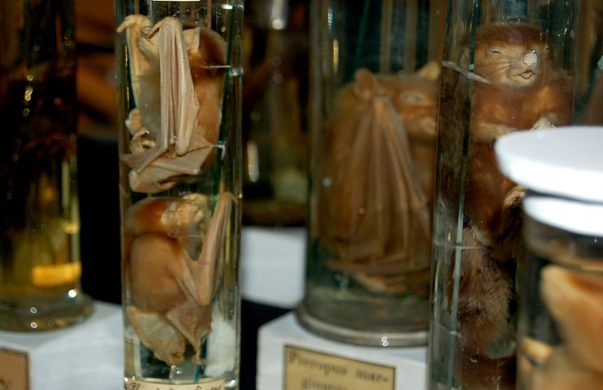
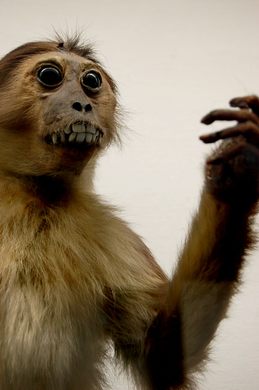









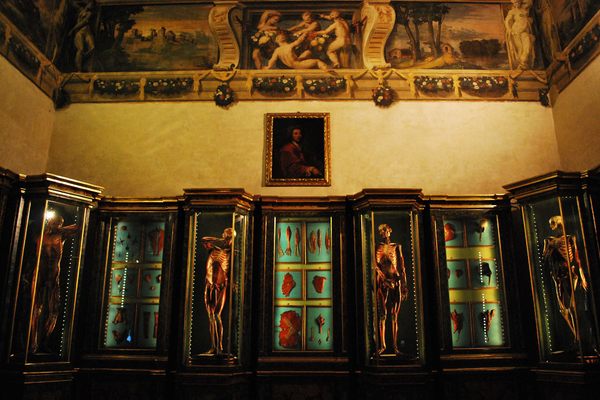
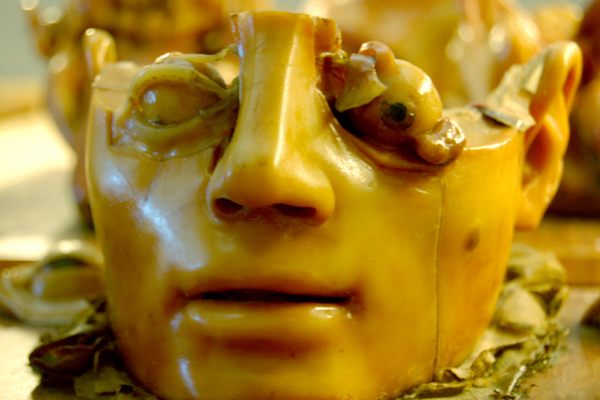

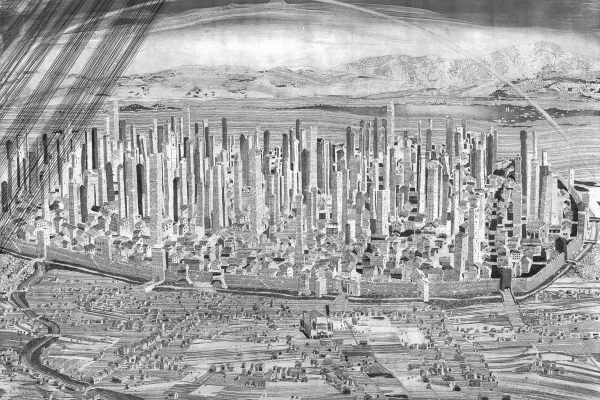

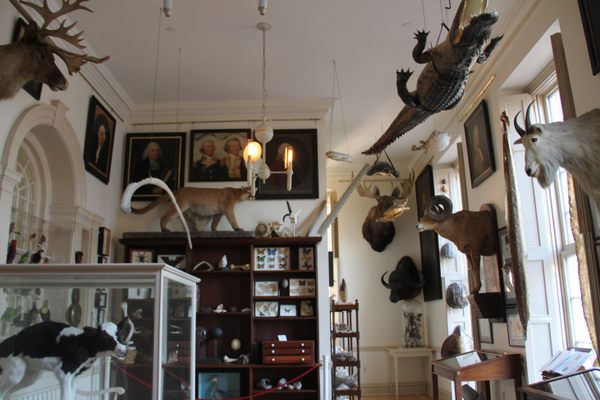

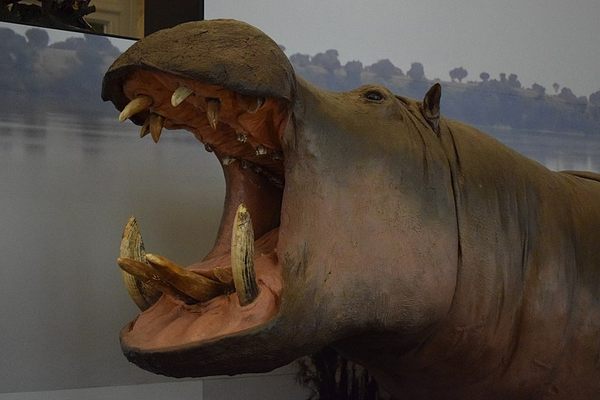

Follow us on Twitter to get the latest on the world's hidden wonders.
Like us on Facebook to get the latest on the world's hidden wonders.
Follow us on Twitter Like us on Facebook